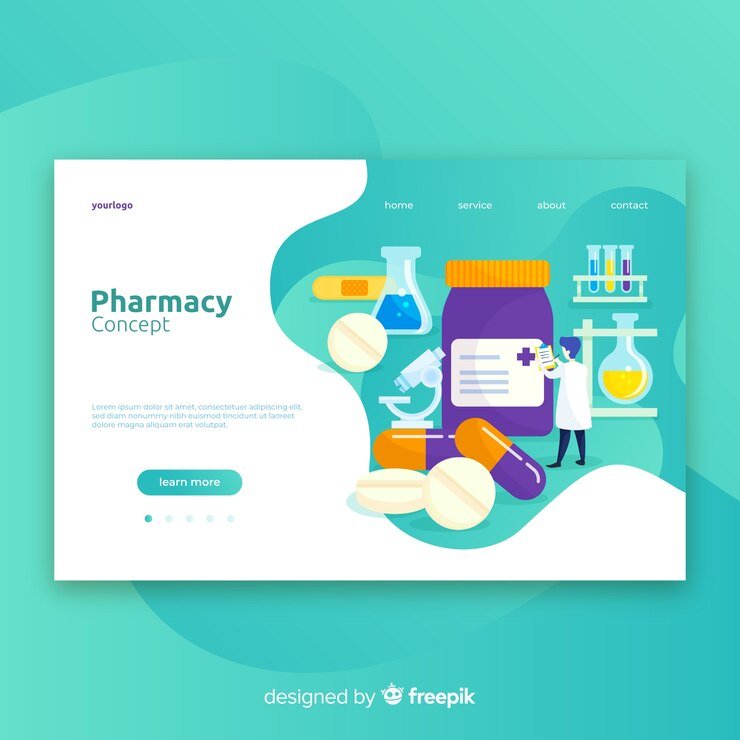In today’s digital landscape, data has become a powerful asset for e-commerce businesses seeking to optimize performance, enhance customer experiences, and drive growth. Leveraging data analytics effectively allows businesses to make informed decisions, identify trends, and personalize interactions with customers. This article explores how e-commerce businesses can harness the power of data analytics to boost performance across various aspects of their operations.
Importance of Data Analytics in E-commerce
Data analytics involves collecting, analyzing, and interpreting data to uncover actionable insights and trends. In the context of e-commerce, data analytics provides valuable information about customer behavior, sales trends, marketing effectiveness, inventory management, and more. By leveraging these insights, businesses can optimize strategies, improve operational efficiency, and ultimately increase revenue.
Key Areas Where Data Analytics Can Boost E-commerce Performance
- Understanding Customer Behavior:
- Customer Segmentation: Analyze customer data to segment your audience based on demographics, behavior, purchasing habits, and preferences. Tailor marketing campaigns and product offerings to specific customer segments to improve relevance and engagement.
- Customer Journey Analysis: Track and analyze the entire customer journey from initial website visit to purchase and beyond. Identify friction points, optimize user experience (UX/UI), and implement personalized recommendations to increase conversions.
- Optimizing Marketing Campaigns:
- Campaign Performance: Measure the effectiveness of marketing campaigns (email marketing, social media ads, PPC campaigns) using analytics tools. Analyze metrics such as click-through rates (CTR), conversion rates, and return on investment (ROI) to optimize spending and improve campaign targeting.
- Attribution Modeling: Use attribution models to understand which marketing channels and touchpoints contribute most to conversions. Allocate budget and resources effectively based on data-driven insights.
- Improving Product and Inventory Management:
- Demand Forecasting: Utilize historical sales data and predictive analytics to forecast demand accurately. Optimize inventory levels, reduce stockouts, and minimize overstocking to improve cash flow and operational efficiency.
- Product Performance: Analyze product performance metrics such as sales volume, profitability, and customer reviews. Identify top-performing products and optimize product listings, pricing strategies, and promotions accordingly.
- Enhancing User Experience (UX):
- Website Analytics: Monitor website traffic, user behavior, and conversion funnels using tools like Google Analytics. Identify pages with high bounce rates or low conversion rates and implement UX/UI improvements to enhance usability and navigation.
- A/B Testing: Conduct A/B tests on website elements (CTAs, layouts, product descriptions) based on data insights to optimize conversion rates and improve user engagement.
- Personalizing Customer Experiences:
- Recommendation Engines: Implement personalized recommendation engines based on customer browsing history, purchase behavior, and preferences. Use machine learning algorithms to deliver relevant product recommendations, increasing cross-selling and upselling opportunities.
- Personalized Marketing: Leverage data to create personalized marketing campaigns, including personalized emails, offers, and content. Improve customer retention and loyalty by delivering targeted messaging that resonates with individual preferences.
Implementing a Data Analytics Strategy for E-commerce
- Data Collection and Integration:
- Integrate data from various sources such as your e-commerce platform, CRM system, social media channels, and marketing tools. Ensure data accuracy and consistency to derive meaningful insights.
- Data Analysis and Visualization:
- Use data analytics tools and platforms (e.g., Google Analytics, Tableau, Power BI) to analyze data trends, patterns, and correlations. Visualize data through dashboards and reports to facilitate decision-making and communication across teams.
- Predictive Analytics and Machine Learning:
- Apply predictive analytics models and machine learning algorithms to forecast trends, customer behavior, and sales outcomes. Anticipate customer needs, optimize inventory management, and personalize marketing efforts proactively.
- Continuous Monitoring and Optimization:
- Establish KPIs and metrics relevant to your e-commerce goals (e.g., conversion rate, customer lifetime value, average order value). Monitor performance regularly and iterate strategies based on data insights to drive continuous improvement.
- Cross-Functional Collaboration:
- Foster collaboration between marketing, sales, IT, and customer service teams to leverage data effectively across the organization. Encourage data-driven decision-making and knowledge sharing to align strategies and achieve common objectives.
Case Studies and Examples
Highlight successful e-commerce businesses that have effectively utilized data analytics to drive significant improvements in performance, customer satisfaction, and revenue growth. Discuss specific strategies, challenges faced, and outcomes achieved through data-driven initiatives.
Conclusion
In conclusion, data analytics represents a transformative opportunity for e-commerce businesses to gain actionable insights, optimize operations, and enhance customer experiences. By leveraging data effectively across customer segmentation, marketing campaigns, product management, UX enhancements, and personalization efforts, businesses can stay competitive in a rapidly evolving digital landscape. Embrace a data-driven culture, invest in robust analytics tools and capabilities, and continuously refine strategies based on data insights to drive sustained growth and success in e-commerce.








